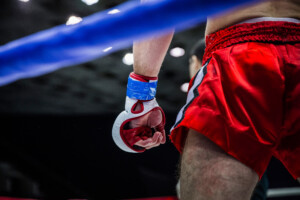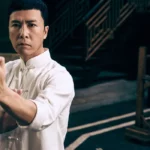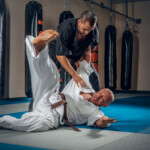Staff fighting, also known as stick fighting, is a form of martial art that has been practiced for centuries in various cultures around the world. It involves the use of a long, slender, blunt, hand-held stick, which can be made of wood, bamboo, or other materials. The staff is used both as a defensive and offensive weapon, and it requires a great deal of skill and training to master.
One of the most well-known forms of staff fighting is Bōjutsu, a Japanese martial art that uses a staff weapon called the bō. Bōjutsu techniques involve thrusting, swinging, and striking with the staff and are often based on empty-hand movements. The philosophy behind Bōjutsu is that the staff is an “extension of one’s limbs,” and that the practitioner must be able to use it as if it were a part of their own body.
Staff fighting can be both a practical self-defense technique and a competitive sport. It requires not only physical strength and agility, but also mental focus and discipline. In recent years, staff fighting has gained popularity as a form of exercise and stress relief, as well as a way to learn self-defense skills.
Historical Background of Staff Fighting

Staff fighting, also known as stick fighting or staff combat, is a type of martial art that involves the use of a long stick or staff as a weapon. The use of staffs as weapons can be traced back to ancient times when they were used in battles and for self-defense.
The use of staffs as weapons was prevalent in many cultures around the world. In Asia, staff fighting was a part of many martial arts, including bōjutsu, kendo, and karate. In Japan, staffs were known as bō, and the art of using them was called bōjutsu. Similarly, in Chinese martial arts, staffs were known as gun or bang. In India, staff fighting was a part of the martial art of silambam.
In Europe, staff fighting was also prevalent, with the use of quarterstaffs being popular in England. In Ireland, bataireacht was a form of stick fighting that involved the use of a short stick. In France, canne de combat was a type of stick fighting that involved the use of a cane.
The techniques used in staff fighting varied depending on the culture and martial art. In bōjutsu, for example, the staff was held in one hand and used to strike, block, and disarm opponents. In kendo, the staff was used to simulate the use of a sword. In silambam, the staff was used in combination with other weapons, such as the sword and shield.
Today, staff fighting is still practiced in many martial arts around the world. The World Silambam Association promotes the practice of silambam, a form of Indian martial arts that involves the use of a staff. In Japan, jōjutsu is a martial art that focuses on the use of a shorter staff called a jō. In Eskrima, a Filipino martial art, the staff is known as a bo and is used in combination with other weapons such as knives and sticks.
Essential Techniques for Staff Fighting
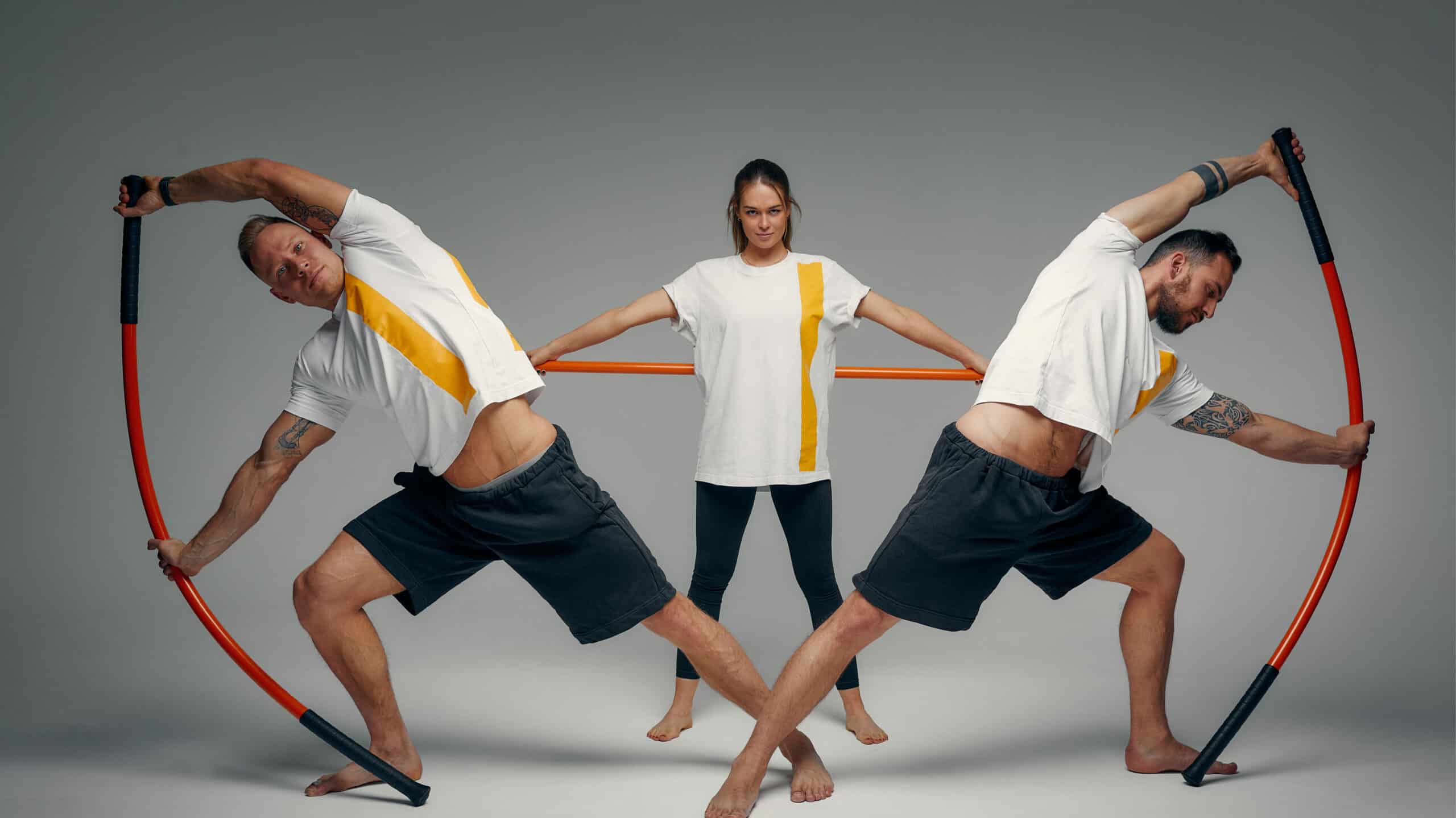
Grip and Stance
In staff fighting, having a proper grip and stance is crucial to ensure balance and control during the fight. The grip should be firm but not too tight, with the hands placed shoulder-width apart on the staff. One hand should be placed at the top of the staff, while the other should be around the middle. This grip allows for better control and maneuverability of the staff.
The stance should be balanced, with feet shoulder-width apart and knees slightly bent. This allows for better stability and mobility during the fight. The fighter should also keep their body weight centered and avoid leaning too far forward or backward.
Striking and Blocking
There are various striking and blocking techniques used in staff fighting. The fighter should be proficient in both to be able to effectively defend themselves and attack their opponent.
Striking techniques involve using the staff to hit the opponent. The fighter can strike with the top, middle, or bottom of the staff. They can also use thrusting techniques to strike with the end of the staff.
Blocking techniques are used to deflect the opponent’s strikes. The fighter can block with the staff, using it to parry their opponent’s strikes. They can also use footwork to evade the strikes and create distance between themselves and their opponent.
Sparring Movements
Sparring movements are used during actual fights. The fighter should be proficient in these movements to be able to effectively defend themselves and attack their opponent.
The fighter should be able to move fluidly and quickly during the fight, using footwork to create distance or close in on their opponent. They should also be able to anticipate their opponent’s moves and react accordingly.
Safety is also an important aspect of sparring. The fighter should wear proper protective gear, such as a helmet and padding, to prevent injuries during the fight.
Overall, training in staff fighting requires a combination of physical and mental skills. By mastering essential techniques such as grip and stance, striking and blocking, and sparring movements, fighters can become proficient in stick-fighting and increase their chances of success in a fight.
Types of Staffs
Staff fighting is a martial art that involves the use of a staff weapon to defend oneself against an attacker. There are different types of staffs used in staff fighting, each with its unique characteristics. In this section, we will discuss the three main types of staffs used in staff fighting: walking stick, singlestick, and long staff.
Walking Stick
A walking stick is a type of staff that is commonly used by people for support while walking. In staff fighting, a walking stick can be used as a weapon to defend oneself against an attacker. Walking sticks are usually made of wood and are lightweight, making them easy to handle. They are also shorter than other types of staffs, which makes them ideal for close combat situations.
Singlestick
A singlestick is a type of staff that is used in European martial arts. It is a wooden stick that is approximately 36 inches long and is usually made of ash or hazelwood. Singlesticks are used in fencing practice and are designed to simulate the use of a sword. They are lightweight and easy to handle, making them ideal for fast-paced combat situations.
Long Staff
A long staff is a type of staff that is longer than other types of staffs. It is usually made of hardwood and can be up to 8 feet long. Long staffs are used in many different martial arts, including Chinese martial arts, Japanese martial arts, and Filipino martial arts. They are typically used for long-range combat and can be used to strike, block, and disarm an opponent.
In conclusion, staff fighting is a martial art that involves the use of a staff weapon to defend oneself against an attacker. There are different types of staffs used in staff fighting, each with its unique characteristics. The three main types of staffs used in staff fighting are walking stick, singlestick, and long staff. Each type of staff has its advantages and disadvantages, and it is up to the practitioner to choose the one that best suits their needs.
Staff Fighting in Different Martial Arts
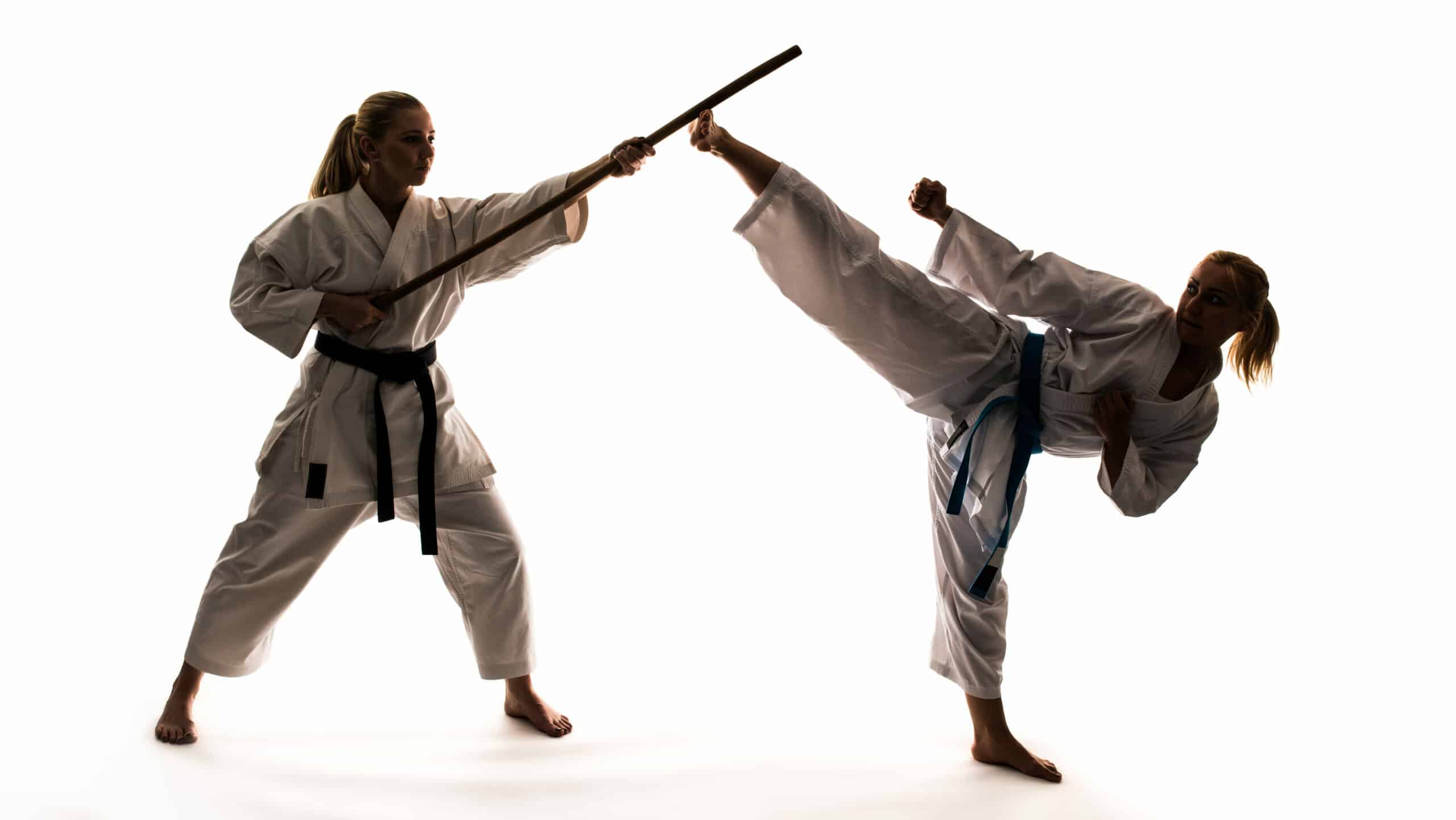
Staff fighting is a form of martial art that involves the use of a long wooden staff as a weapon. Different martial arts around the world have developed their own unique styles of staff fighting, each with its own philosophy, techniques, and training methods. In this section, we will explore some of the most popular martial arts that use a staff as a weapon.
Bōjutsu
Bōjutsu is a Japanese martial art that focuses on the use of a long staff called bō. The techniques of bōjutsu involve thrusting, swinging, and striking movements that are similar to empty-hand techniques. Bōjutsu practitioners learn to use the bō as an extension of their body, using it to strike, block, and disarm their opponents. The techniques of bōjutsu are often integrated into other Japanese martial arts such as Judo, Aikido, and Karate.
Silambam
Silambam is a traditional Indian martial art that uses a long staff called silambam. The techniques of silambam involve fast and fluid movements that are designed to disarm and subdue opponents quickly. Silambam practitioners learn to use the staff as a weapon of both attack and defense, using it to strike, block, and deflect attacks. Silambam is also practiced in other countries such as Sri Lanka, Malaysia, and Singapore.
Gatka
Gatka is a traditional Indian martial art that uses a wooden staff called a gatka stick. The techniques of Gatka involve fast and agile movements that are designed to disarm and subdue opponents quickly. Gatka practitioners learn to use the staff as a weapon of both attack and defense, using it to strike, block, and deflect attacks. Gatka is also practiced in other countries such as the United States, Canada, and the United Kingdom.
Kendo
Kendo is a Japanese martial art that uses a bamboo sword called a shinai and a protective armor called bogu. Kendo practitioners also use a wooden staff called a jō, which is used to strike and block attacks. The techniques of kendo involve fast and precise movements that are designed to disarm and subdue opponents quickly. Kendo is also practiced in other countries such as the United States, Canada, and the United Kingdom.
Kenjutsu
Kenjutsu is a Japanese martial art that focuses on the use of a sword called a katana. However, kenjutsu also involves the use of other weapons such as the jō and the bō. The techniques of kenjutsu involve fast and precise movements that are designed to disarm and subdue opponents quickly. Kenjutsu is also practiced in other countries such as the United States, Canada, and the United Kingdom.
In addition to the above-mentioned martial arts, other styles of staff fighting include Jōjutsu, Hanbōjutsu, Quarterstaff, Arnis, Cane de Combat, Canne, Eskrima, Jōdō, and Silambam Asia. Each of these styles has its own unique techniques, philosophies, and training methods.
Associated Weapons
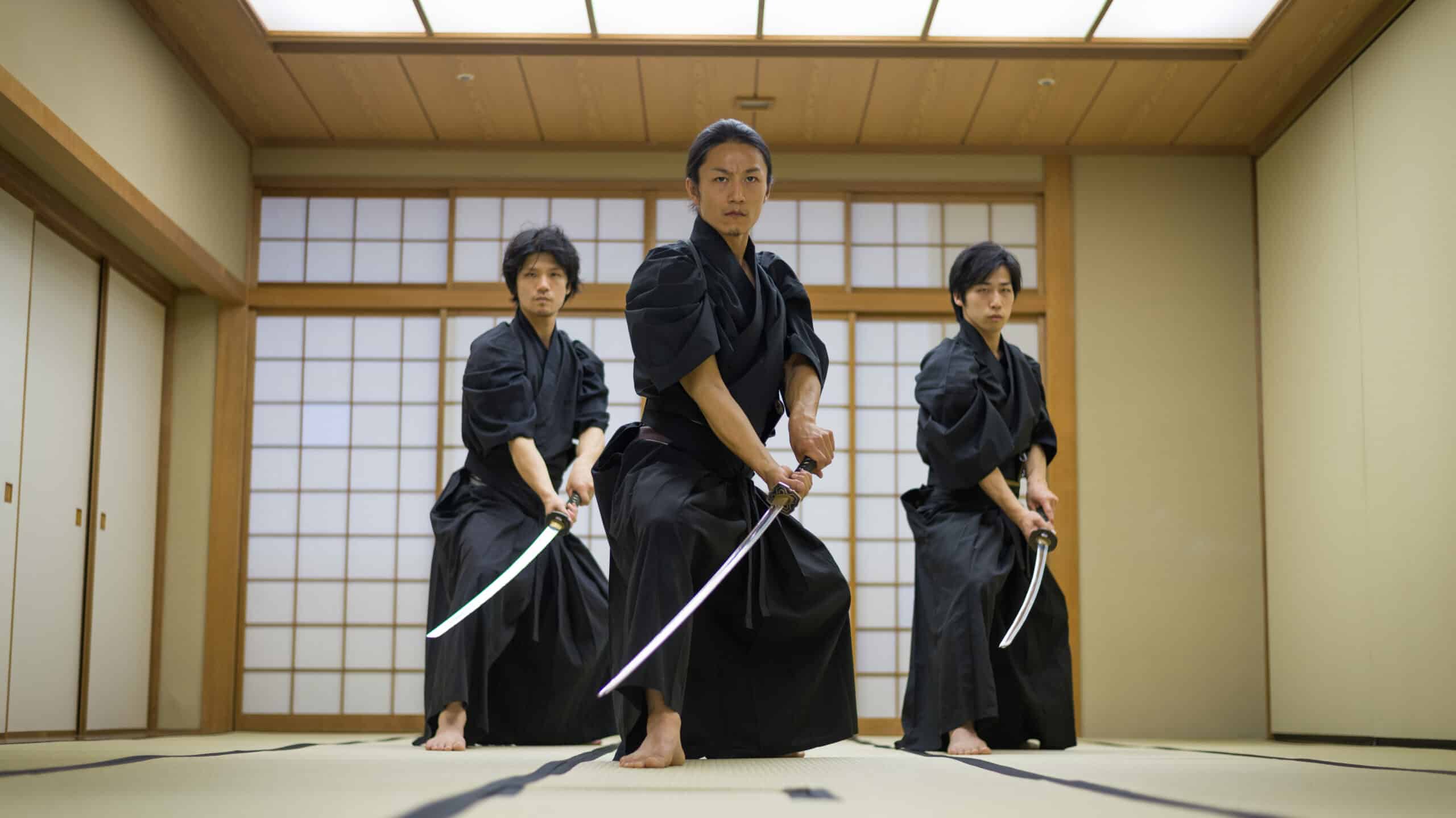
In addition to the staff, there are several other weapons that are associated with staff fighting. These weapons include swords, clubs, knives, and daggers.
Swords
Swords have been used in martial arts for centuries, and many sword techniques can be adapted for use with a staff. Some staff techniques may also be adapted for use with a sword. However, swords are generally considered to be more lethal and require more skill to use effectively.
Clubs
Clubs are similar to staffs in that they are blunt weapons that are used for striking. However, clubs are typically shorter and thicker than staffs, and they may be made of heavier materials such as metal. Some staff techniques may be adapted for use with a club, but clubs are generally considered to be less versatile than staffs.
Knives and Daggers
Knives and daggers are small, sharp weapons that are used for stabbing and slashing. They are typically used in close combat situations, and they require a different set of skills than staff fighting. However, some staff techniques may be adapted for use with a knife or dagger, particularly in situations where the staff is not available.
Staff fighting is a versatile martial art that can be adapted for use with several different weapons. However, each weapon requires a different set of skills and techniques, and should be approached with caution and respect.
Frequently Asked Questions
What is the difference between a BO staff and a quarterstaff?
A BO staff is a Japanese martial arts weapon that is typically 5 or 6 feet long and made of wood. It is thinner in the middle and thicker at the ends. A quarterstaff, on the other hand, is a European weapon that is typically 6 to 9 feet long and made of wood. It is thicker in the middle and thinner at the ends.
How do you fight Bo staff?
Bo staff fighting involves a combination of strikes, blocks, and spins. It is important to have proper form and technique when using a Bo staff to avoid injury. There are many martial arts schools and online resources that teach Bo staff fighting techniques.
How to fight with a staff for beginners?
For beginners, it is important to start with the basics of staff fighting, such as proper grip, stance, and footwork. It is also important to learn basic strikes and blocks before moving on to more advanced techniques. There are many resources available for beginners, including online tutorials and classes at martial arts schools.
How do you twirl a staff?
Twirling a staff involves spinning the staff around your body in various ways. It is important to have a good grip on the staff and to start with basic twirling techniques before moving on to more advanced moves. There are many resources available for learning how to twirl a staff, including online tutorials and classes at martial arts schools.
What is staff fighting called?
Staff fighting is also known as staff combat, staff martial arts, or staff fighting arts. There are many different styles of staff fighting, including Japanese, Chinese, and European styles.
Where can I buy a bo staff?
Bo staffs can be purchased at martial arts supply stores, online retailers, and some sporting goods stores. It is important to choose a staff that is the right length and weight for your height and strength and to choose a high-quality staff made from a durable material such as hardwood.

